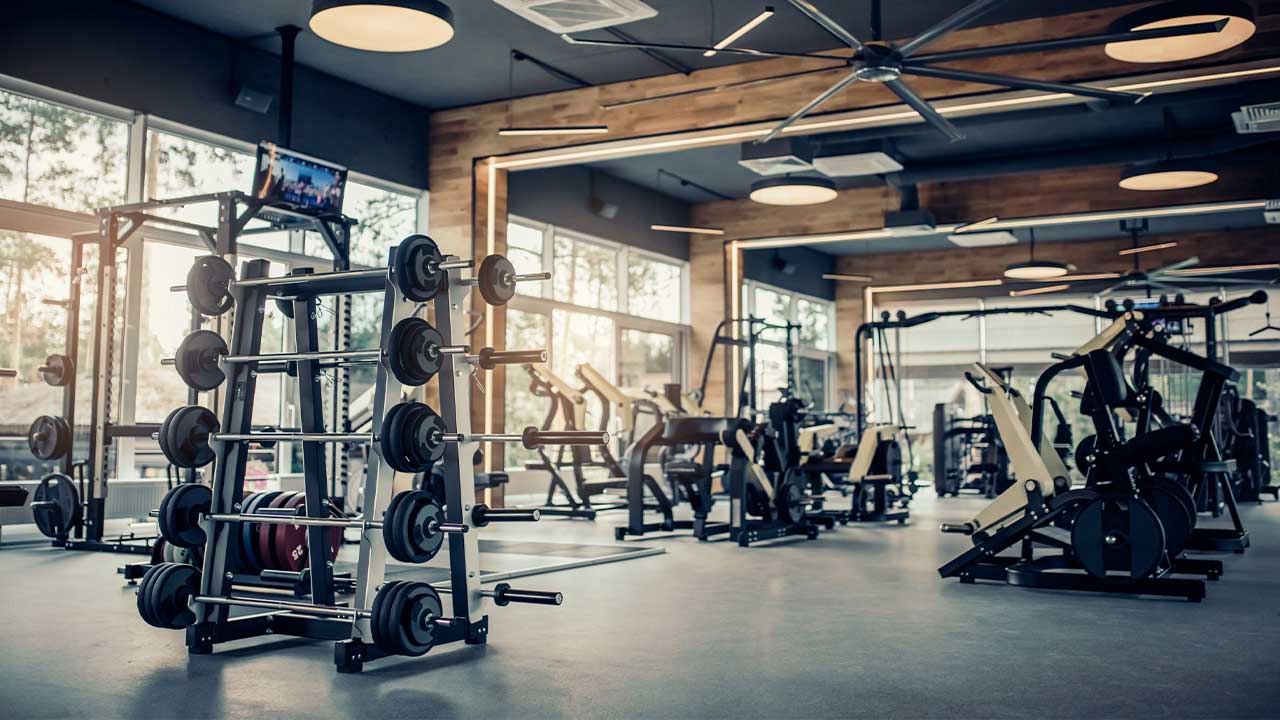Whether you’re looking to upgrade your own garage gym or home gym flooring, or looking to outfit a professional weight room or commercial gym, you’ll find rubber flooring mats a useful investment.
Rubber flooring mats for your gym are a must-have piece of equipment for any kind of exercise space. These are great for protecting your floors from heavy equipment and providing a comfortable place for users to perform floor exercises, and other workouts.
When shopping for gym flooring mats, it’s easy to become overwhelmed by the options. One of the biggest considerations should be the thickness of the mat, which will hold distinct benefits depending on what you plan to do on the mat.
That’s why we’ve written this guide, so you can invest in a rubber flooring option for your space that will suit your specific needs. Read on to learn more about the benefits of investing in gym flooring mats, what the different thickness levels are ideal for, and the different kinds you’ll see on the market.
Why Do I Need Gym Floor Mats?
First, let’s get into all the benefits of outfitting a workout space with thick gym mats. Just why should you look into a rubber mat for your workout space?
Shock Absorption
The biggest benefit to investing in gym floor mats is the shock absorption a rubber floor can offer the user. When performing floor exercises, a floor tile solution can protect users from injuries caused by hard surfaces. It provides a soft cushion as they move their weight around in a workout. Rubber tile or foam tile can also withstand the shock of heavy equipment like weights when dropped onto the flooring.
We also love gym floor mats for reducing vibration on the floor, which can be caused by heavy-duty cardio equipment, or other weight machines in the space. If you plan to work out on any kind of concrete floor or wooden flooring, this will be especially necessary.
Sound Absorption
Just like the shock absorption, gym mats will also help to reduce the amount of sound in your workout space. Heavy weights, equipment, and floor exercises can cause a lot of noise. Rubber roll mats or flooring tiles can be an easy solution for reducing the amount of echoing noise in the gym.
Increased Safety
Finally, rubber gym flooring is beneficial as it will keep users safer during a workout. As we touched on above, their shock absorption ability can do a lot to lessen the amount of impact on the body during a workout. Another way it increases safety is by making the workout surface a lot easier to grip.
During a workout, users are going to sweat, which can make a home gym floor or commercial gym floor slippery if it’s tile or wood. Rubber flooring will provide a much more stable grip, keeping equipment in place, and those working out safer.
How Thick Should Gym Flooring Be?
How thick your gym flooring should be will depend on a number of factors, including the kind of equipment used on the flooring, the kinds of exercises being performed, the heaviness of the equipment, etc. Let’s walk through the common thicknesses you’ll find, and what they are ideal for:
1/4 Inch or 6 Millimetres Thick
A mat that is 1/4 thick is the smallest you’ll find. These mats are ideal for light workouts like yoga and can withstand drops from very light weights.
3/8 Inch or 10 Millimetres Thick
This is the standard gym flooring thickness measurement you’ll find in a home gym or commercial gym. A mat of this thickness is ideal for most exercise equipment like treadmills and ellipticals, and high traffic weight rooms with 50-75 lb (or 23-34 kg) weights.
1/2 Inch or 13 Millimetres Thick
If you’re looking for gym flooring for more heavy-duty workouts like Crossfit, then this size is ideal. Gym flooring of this thickness can withstand drops from weights over 100 pounds, protecting floors underneath.
3/4-1 Inch or Up to 25 Millimetres Thick
This level of thickness is recommended for professional powerlifting, where 100+ pound weights will be regularly and repeatedly dropped on the floor. These mats are great for shock absorption, and will fully cushion any and all kinds of gym equipment.
What Kind of Gym Mat Flooring Should I Get?
If you’ve been shopping for the best gym flooring for your space, you’ve likely encountered two main kinds of gym floor mats: mat rolls, and interlocking tiles. Let’s look at the differences between these two kinds of mats.
Interlocking Tiles
Interlocking tiles, sometimes called puzzle tiles or foam tiles, are one of the easiest kinds of gym mat flooring to install. These come in the form of set square tiles that interlock together like a puzzle.
These are super common in home gyms, as they are highly cost-effective, and easily relate to square foot measurements. They’re the perfect solution for someone looking for a DIY solution in their exercise space. However, it’s important to get ones that are at an appropriate thickness if you’re serious about protecting yourself and your floors. There tend to be more thin options for this style of floor tile than thick ones.
Mat Rolls
For those looking to invest in rubber flooring, you’ll find tons of rubber rolls on the gym mat market. These are extremely versatile and are a good solution for larger spaces. They can cover a lot of area, are highly durable, and are better suited to professional, commercial gym environments.
Those who need rubber flooring on the thicker end of the spectrum will likely have to look into mat rolls as their flooring solution. Rubber flooring thickness will come in a wide range here, and they can often be customized to suit your space.
Looking for a Source?
If you’re looking for flooring solutions for your gym space, reach out to us at Cascadia Sport Systems! We have a wide range of different solutions that we can customize to suit your space. Click here to learn more, and request a quote today.





